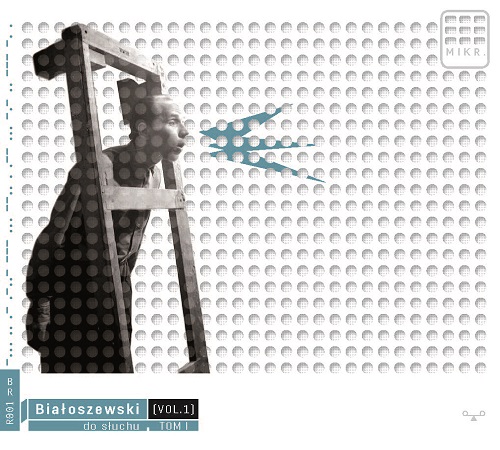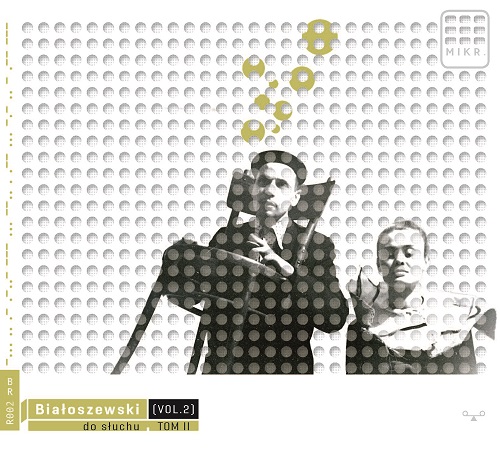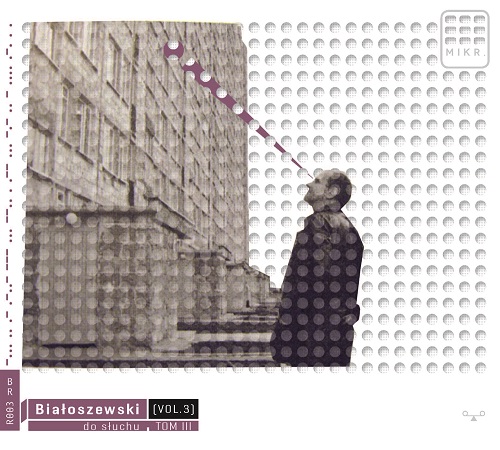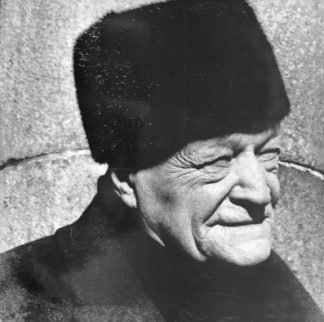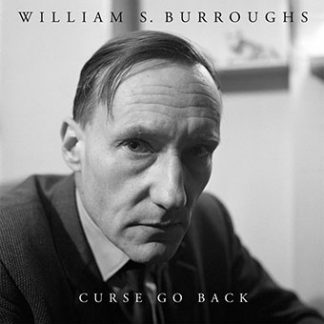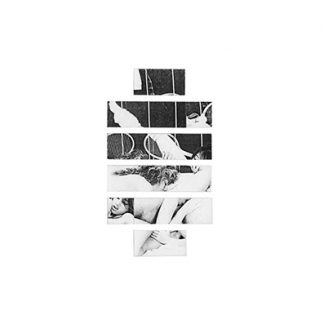Description
Four Volumes in individual digipaks with a 10-page booklet each.
Volume 1 and 2 are single CDs, Volume 3 and 4 are double CDs.
“In April 1965, Miron Białoszewski buys a tape recorder. He intends to record “A Memoir of the Warsaw Uprising” he is currently writing, and “test himself” by performing and registering his poems on tape. Since then, in the flat at Dąbrowskiego the reels often spin, while Białoszewski reads, dictates, recites and sings to the microphone. Apart from “A Memoir…” which is entirely dictated into the tape recorder and then typed down “by ear”, in the next 2 years, he registers works of Mickiewicz, Słowacki and Norwid, fragments of the Gospel of Matthew, “Stabat Mater” and “Dies irae” hymns in his own translation, poems from the collections “The Revolution of Things” and “Było i było”, vespers sang together with Leszek Soliński and private conversations with friends.
Białoszewski treats the tape recorder as both a work tool and a toy, a gadget used for entertainment, whereas recording itself becomes a substitute for ever regretted performances of the home theatre he’s been planning to revive since the closure of Teatr Osobny in 1963. In the course of time these plans appear decreasingly feasible, his works on “A Memoir…” are almost finished and Białoszewski ceases writing poems in favour of his dedication to prose. His enthusiasm about tape recording diminishes and finally, he quits the activity for quite a few years.
In the mid 1970s, his interest in it is aroused again due to the poet’s acquaintance with Jadwiga Stańczakowa. In order to secure his blind friend free access to his works, Białoszewski decides to record them on tapes on a regular basis. This time recording sessions take place in Jadwiga’s flat by her portable tape recorder Grundig MK 232. For the next few years, right after writing a new poem or a fragment of prose, Białoszewski – sometimes in the middle of the night – arrives at Hoża and, as Stańczakowa recalls, “in rupture and exhilaration – he records it all”. This is how this intriguing practice is established: the author’s first reading of the text aloud and its recording on tape complete and finalize the process of writing. By 1982, the majority of the poet’s late output is registered on tapes: hundreds of short poems, “Chamowo”, “Zawał”, fragments of “Rozkurz” and “Tajny dziennik” as well as “A Memoir of the Warsaw Uprising” and “Szumy, zlepy, ciągi”. Many of his works are recorded by Białoszewski in the professional studio of the Polish Radio which, at Stańczakowa’s instigation, he often visits from the mid 1970s.
This way, during the 17 years an unusual sound archive is created – an archive which constitutes a remarkable phenomenon in the Polish culture, both due to its volume (12 preserved tapes from the 1960s and several dozen tapes recorded in Jadwiga Stańczakowa’s home altogether add to over 80 hours of materials, without even counting those maintained in the radio archives) and with regards to the nature of those recordings and their place among other Białoszewski’s accomplishments. They are closely related with his characteristic vision of literature.
“I strive for the written to register the spoken. And I wish writing wouldn’t eat speaking. What is found valuable in the spoken language, gets written down. What is valuable in the written language, is then spoken out loud”, he wrote in “Mówienie o pisaniu”. He called the invention of quiet reading a misunderstanding. He also declared, “I always considered poetry as something to be read aloud […] Poetry reaches its full being when it is spoken out loud.”
If, according to Białoszewski, a poem only starts to fully exist in being performed aloud, it is the recordings that give us the fullest insight into the matter of his creative output and let us truly see how these texts were intended by their author. Graphic notation is merely a score requiring a complementary voice, while proper pieces should be “fully heard”. This is confirmed by Białoszewski’s own performances recorded on tapes. The author uses tempo, rhythm, the voice volume and melody with intensity to be rarely encountered in the Polish tradition of poetic readings, and thus he makes the sound one of the basic dimensions of his texts.
Despite the above, in reception of Białoszewski’s output, the recordings have not occupied a position they deserve. Kept as a part of the collection of the Museum of Literature in Warsaw, they are only known to the small circle of experts and the poet’s close friends. The series “Białoszewski by Ear” is the first to bring them to light and make them available to the wider audience.”

